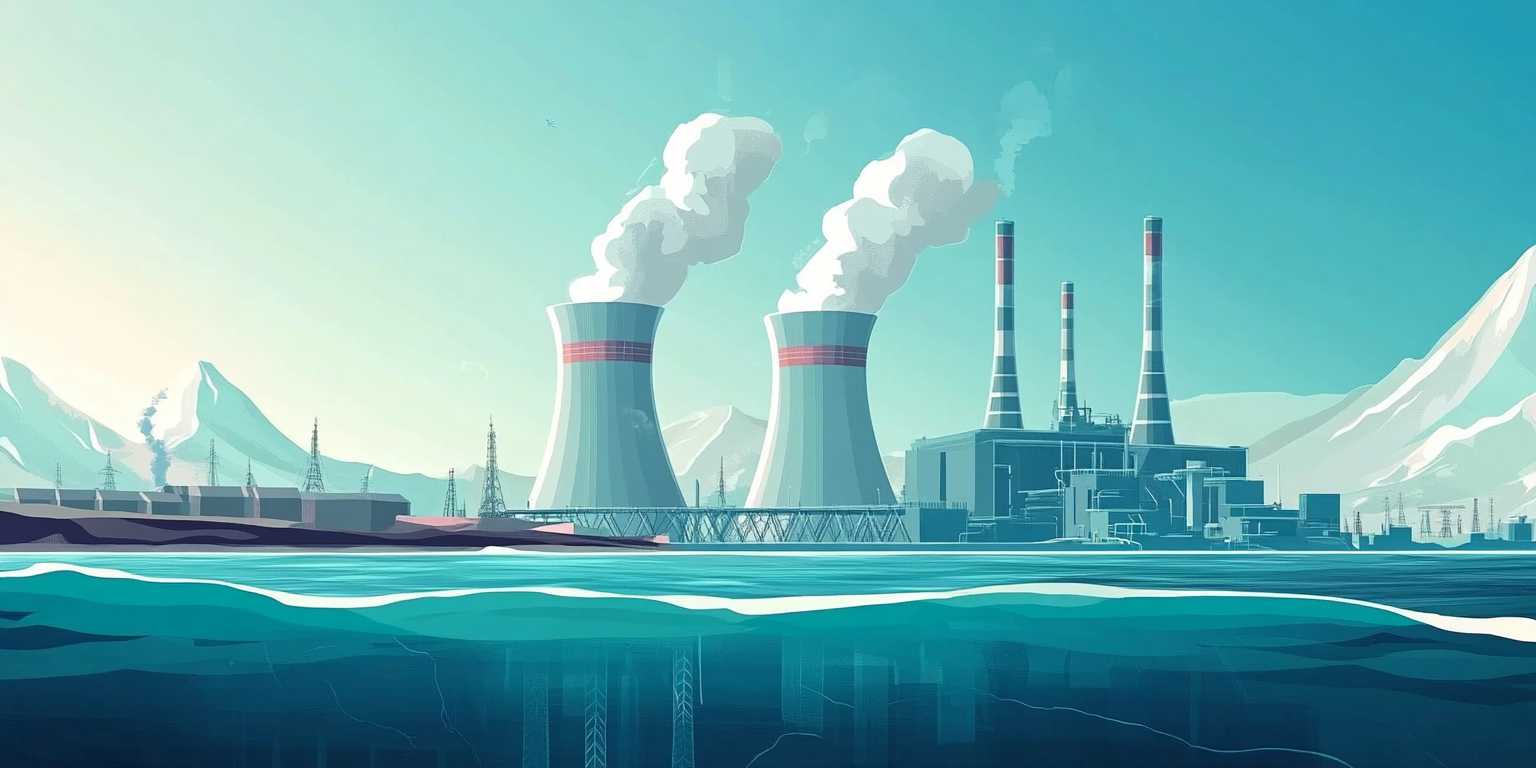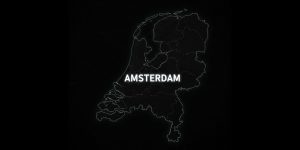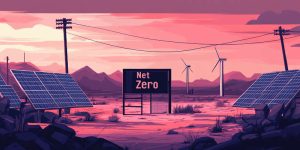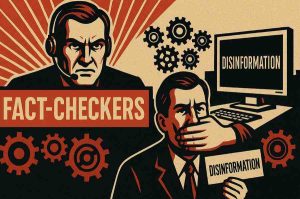Nuclear Power: Risks, Realities, and the Untapped Potential

Nuclear energy has long been a subject of debate, often criticized for concerns over safety, radioactive waste, and high costs. At the same time, it remains one of the most reliable and energy-dense power sources available. This article takes a critical look at the perceived disadvantages of nuclear power, examines the scientific and economic realities, and explores how new technologies can address existing challenges. Research has shown that many of the common concerns surrounding nuclear energy are either exaggerated or solvable, while its advantages are frequently overlooked (1).
Debunking Common Criticisms of Nuclear Power
The Challenge of Radioactive Waste
One of the most cited arguments against nuclear energy is the issue of radioactive waste. Unlike the waste from fossil fuels, which is released into the atmosphere in vast quantities, nuclear waste is contained and managed. While it remains hazardous for thousands of years, the actual volume of waste is relatively small. Research from the National Academy of Sciences indicates that advanced reactor designs, such as molten salt reactors and fast breeder reactors, can recycle nuclear waste, significantly reducing both its volume and long-term radioactivity (1). Additionally, Finland’s Onkalo deep geological repository has demonstrated that safe, long-term storage is feasible and reliable (2).
Safety Concerns and the Reality of Nuclear Accidents
High-profile incidents such as Chernobyl and Fukushima have reinforced the fear that nuclear power is inherently unsafe. However, a closer examination of the data reveals a different story. Research from Our World in Data confirms that nuclear power has the lowest mortality rate per terawatt-hour of electricity produced compared to coal, oil, and even biomass (3). Modern reactor designs incorporate passive safety features that eliminate the possibility of meltdowns, making new-generation nuclear plants significantly safer (4). Furthermore, historical accidents have led to stringent international safety protocols, making nuclear power one of the most heavily regulated energy sectors.
Economic Viability and Cost Misconceptions
Critics argue that nuclear power plants are too expensive and take too long to build. While construction costs are indeed high, the long operational lifespan of nuclear plants—often exceeding 80 years—means that, over time, nuclear energy remains one of the most cost-effective sources of electricity (5). Studies have shown that unlike wind and solar power, nuclear energy requires minimal grid upgrades and backup storage, reducing hidden costs (6). Countries like France have demonstrated that standardizing reactor designs can lower costs and shorten construction times, making nuclear power more economically feasible (7).
The Case for Nuclear Energy: Advantages and Innovations
A Reliable and Consistent Energy Source
Unlike wind and solar power, which depend on weather conditions, nuclear power provides stable and uninterrupted energy. This makes it a crucial component of a balanced energy grid. A report from the International Energy Agency highlights that nuclear energy contributes significantly to global grid stability and reduces reliance on fossil fuel imports (8).
Small Modular Reactors: A New Era for Nuclear Power
One of the most promising advancements in nuclear technology is the development of Small Modular Reactors (SMRs). These reactors are designed to be built more quickly and at a lower cost than traditional large-scale nuclear plants. Research by Canadian Nuclear Laboratories suggests that SMRs can make nuclear power more accessible for nations with smaller energy grids and less capital-intensive infrastructure (9). They also offer enhanced safety features and can be deployed in remote locations, providing a flexible energy solution.
Energy Efficiency and Resource Optimization
Nuclear energy is by far the most energy-dense form of electricity generation. A single kilogram of uranium produces millions of times more energy than the equivalent amount of coal or gas. According to the U.S. Department of Energy, nuclear power requires significantly less land and fewer raw materials than renewables such as wind and solar, making it one of the most efficient energy sources available (10).
Decarbonization and Climate Resilience
For those concerned about reducing greenhouse gas emissions, nuclear energy presents a viable alternative to fossil fuels. While renewables like wind and solar play a role in reducing emissions, their intermittent nature means that they require backup from gas-fired plants. Nuclear power, on the other hand, provides continuous, carbon-free energy and can complement renewables to create a more resilient energy system. Research has shown that nations with strong nuclear infrastructure have lower overall carbon emissions without relying on energy imports (6).
Conclusion
Nuclear power is often dismissed due to concerns about waste, safety, and cost, yet these issues are either exaggerated or solvable through technological advancements. Research has consistently shown that modern nuclear energy is among the safest, most reliable, and most efficient power sources available (4). With the development of new reactor technologies and strategies for waste management, nuclear energy remains a viable solution for meeting global energy demands. In an era where energy security and efficiency are paramount, nuclear power deserves serious reconsideration.
References
- National Academy of Sciences. “Management and Disposal of Nuclear Waste,” 2021.
- Posiva Oy. “The Onkalo Deep Geological Repository,” 2022.
- Ritchie, H. “What are the safest and cleanest sources of energy?” Our World in Data, 2020.
- MIT Energy Initiative. “The Future of Nuclear Energy in a Carbon-Constrained World,” 2018.
- World Nuclear Association. “Nuclear Power Economics and Project Structuring,” 2023.
- Jenkins, J.D. et al. “The Cost of Integrating Renewables: Is Baseload Power Necessary?” Energy Policy, 2018.
- Finon, D. “The French Nuclear Model: Successes and Future Challenges,” Energy Studies Review, 2019.
- International Energy Agency. “The Role of Nuclear Power in Clean Energy Systems,” 2022.
- Canadian Nuclear Laboratories. “Advancements in Small Modular Reactor Development,” 2023.
- U.S. Department of Energy. “Nuclear Energy: The Most Energy-Dense Form of Power,” 2021.


















